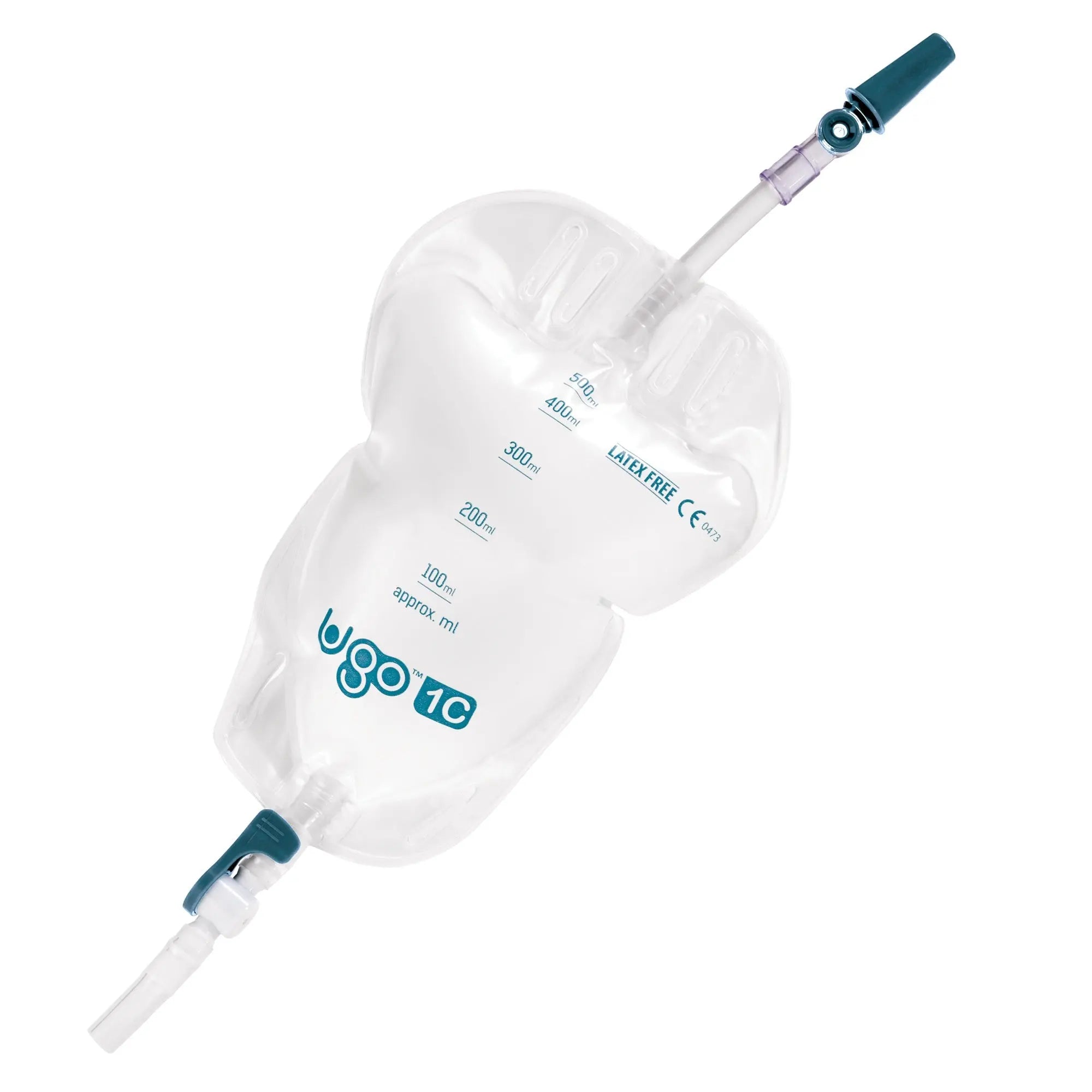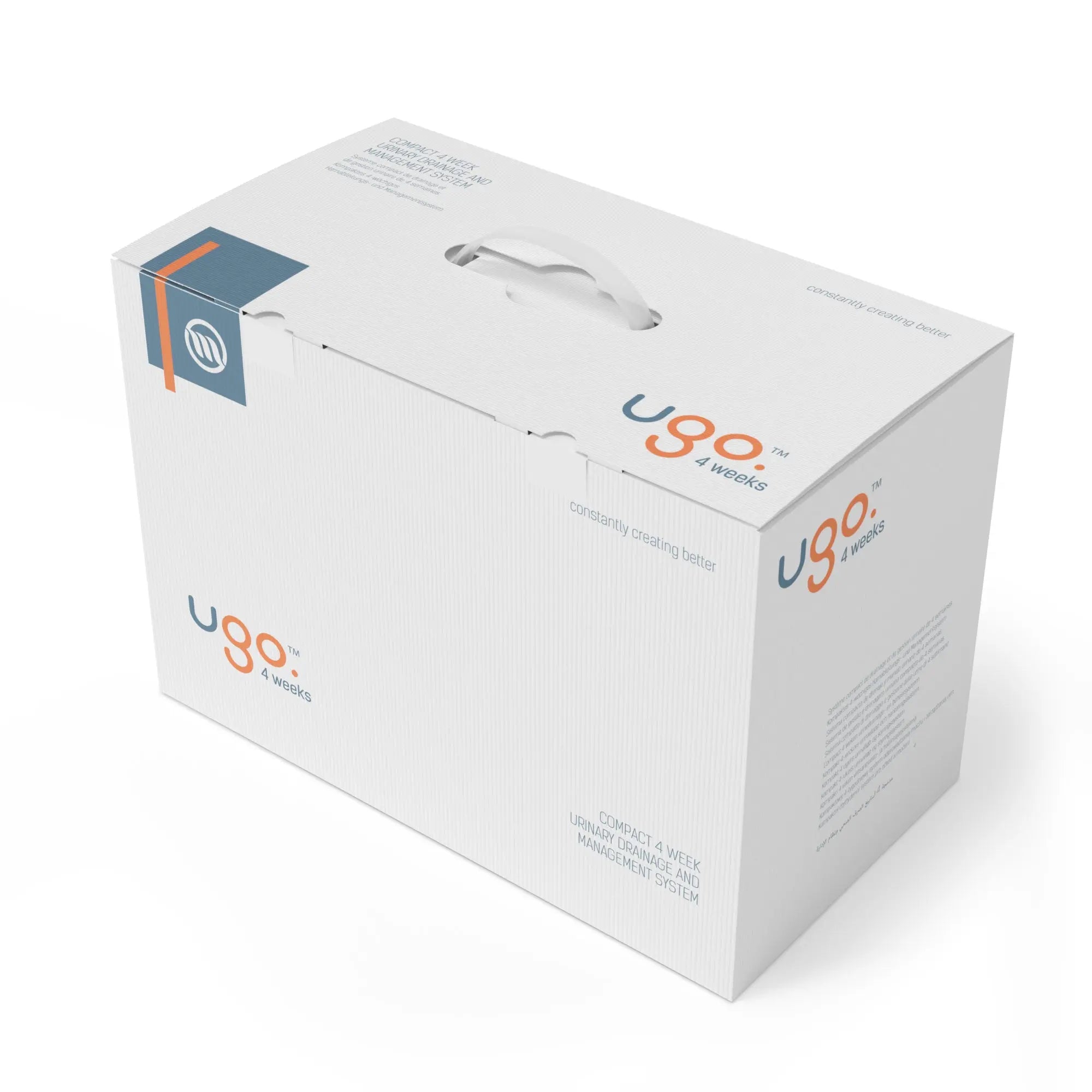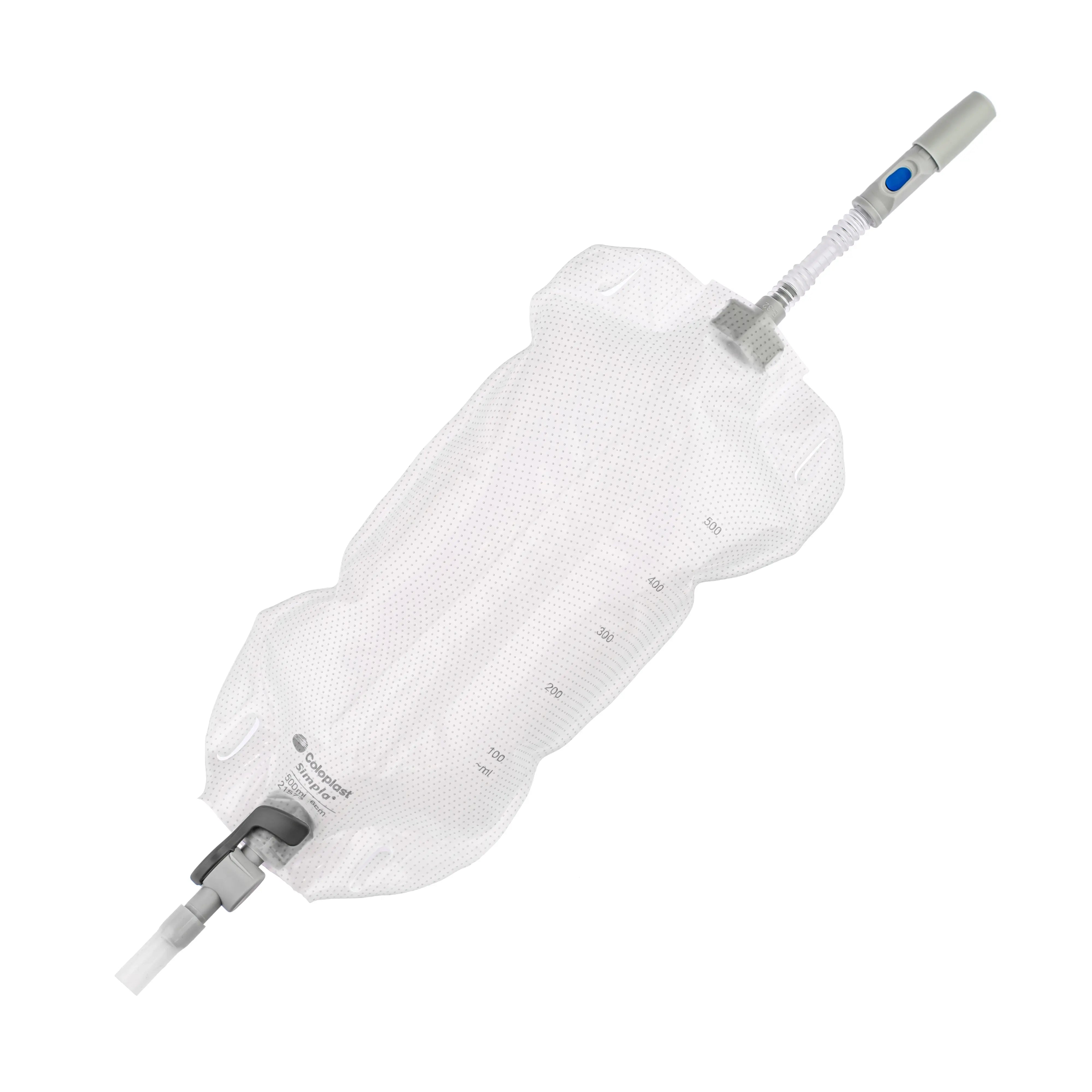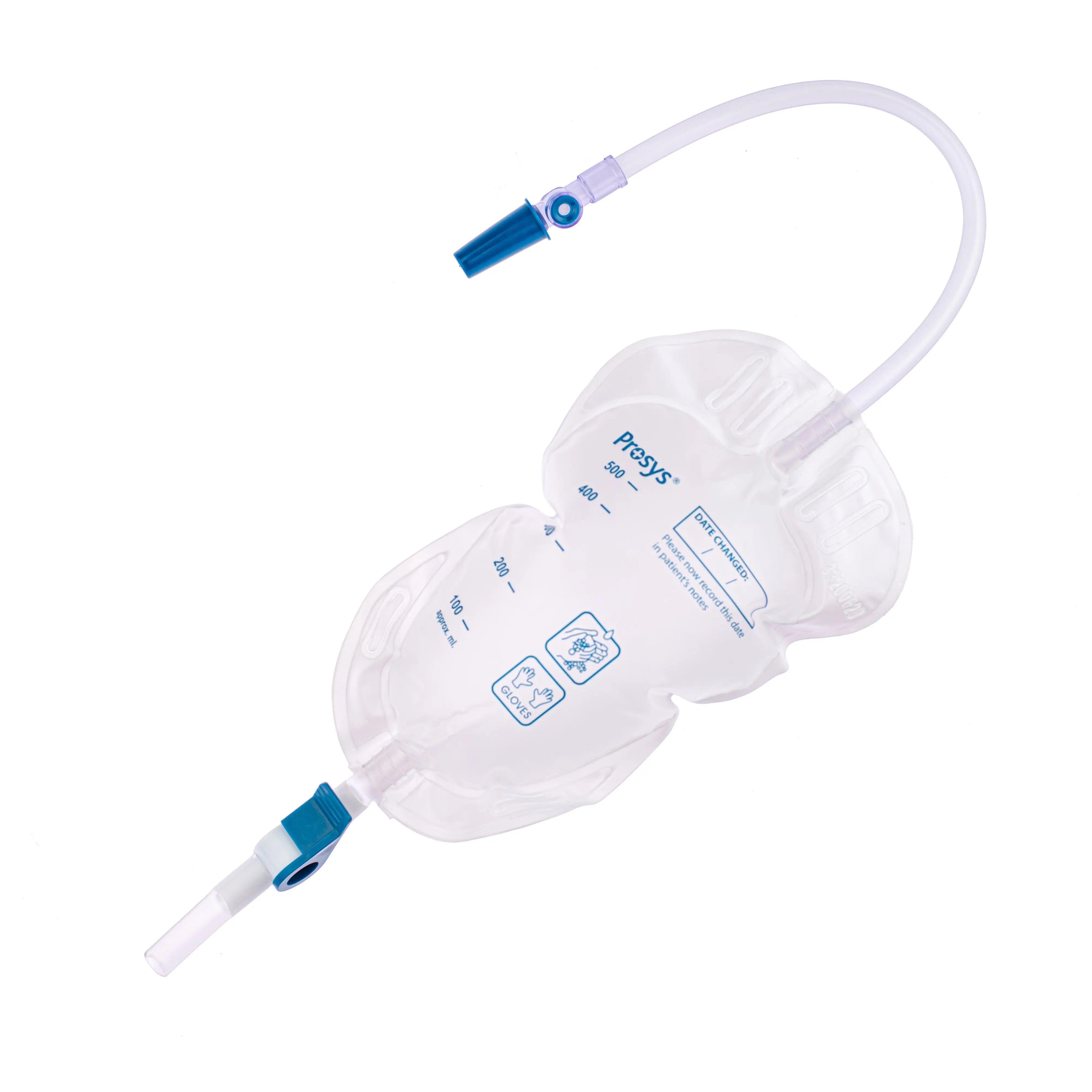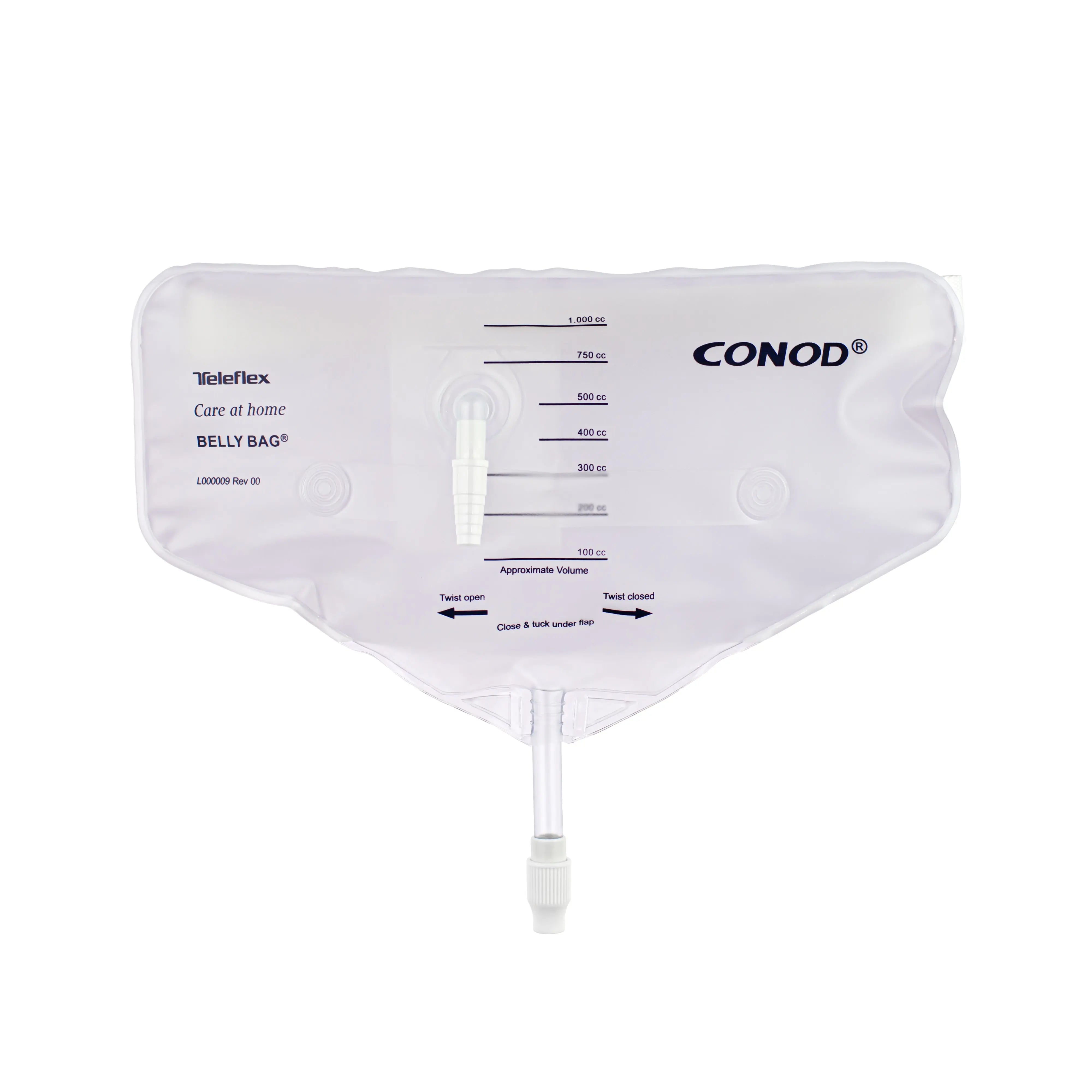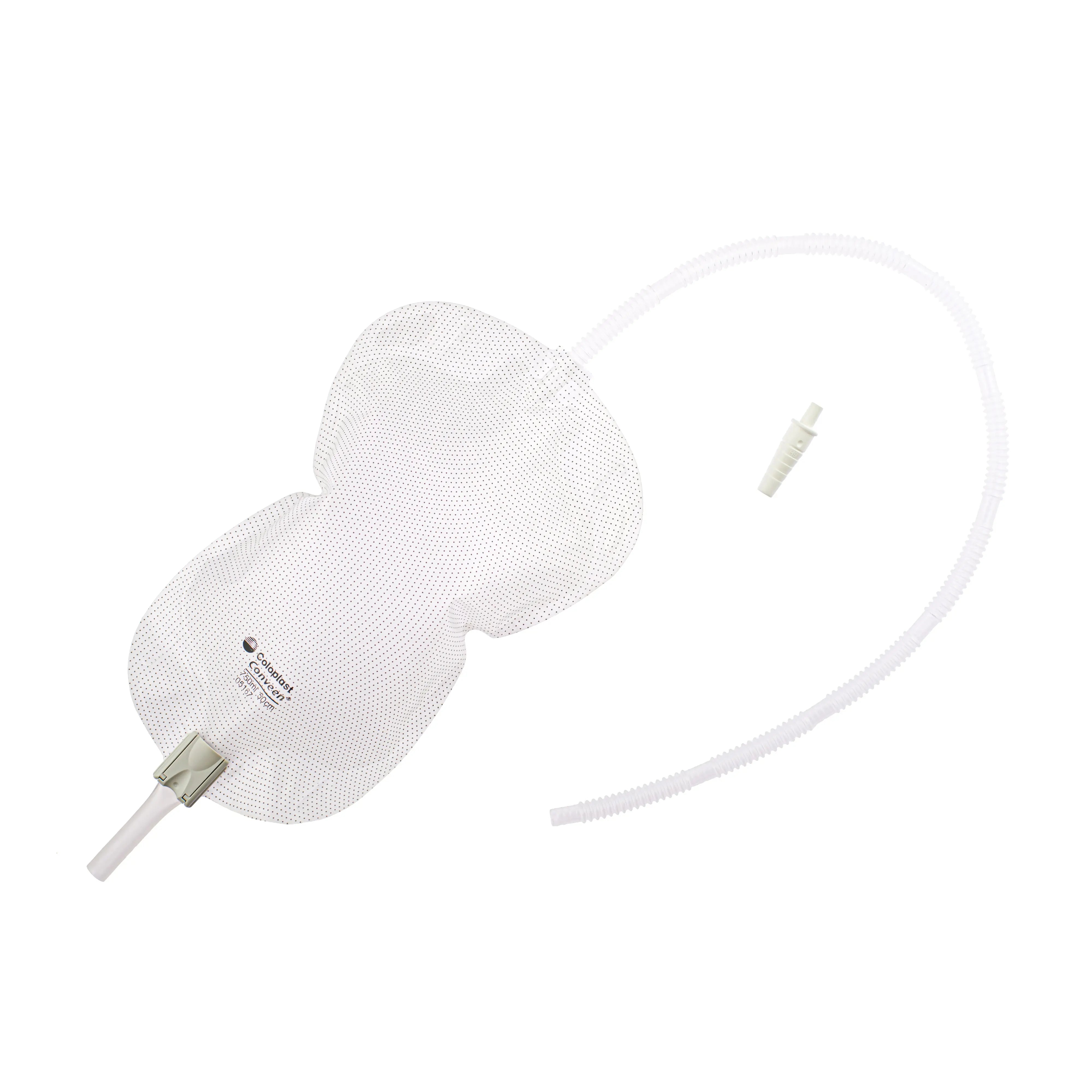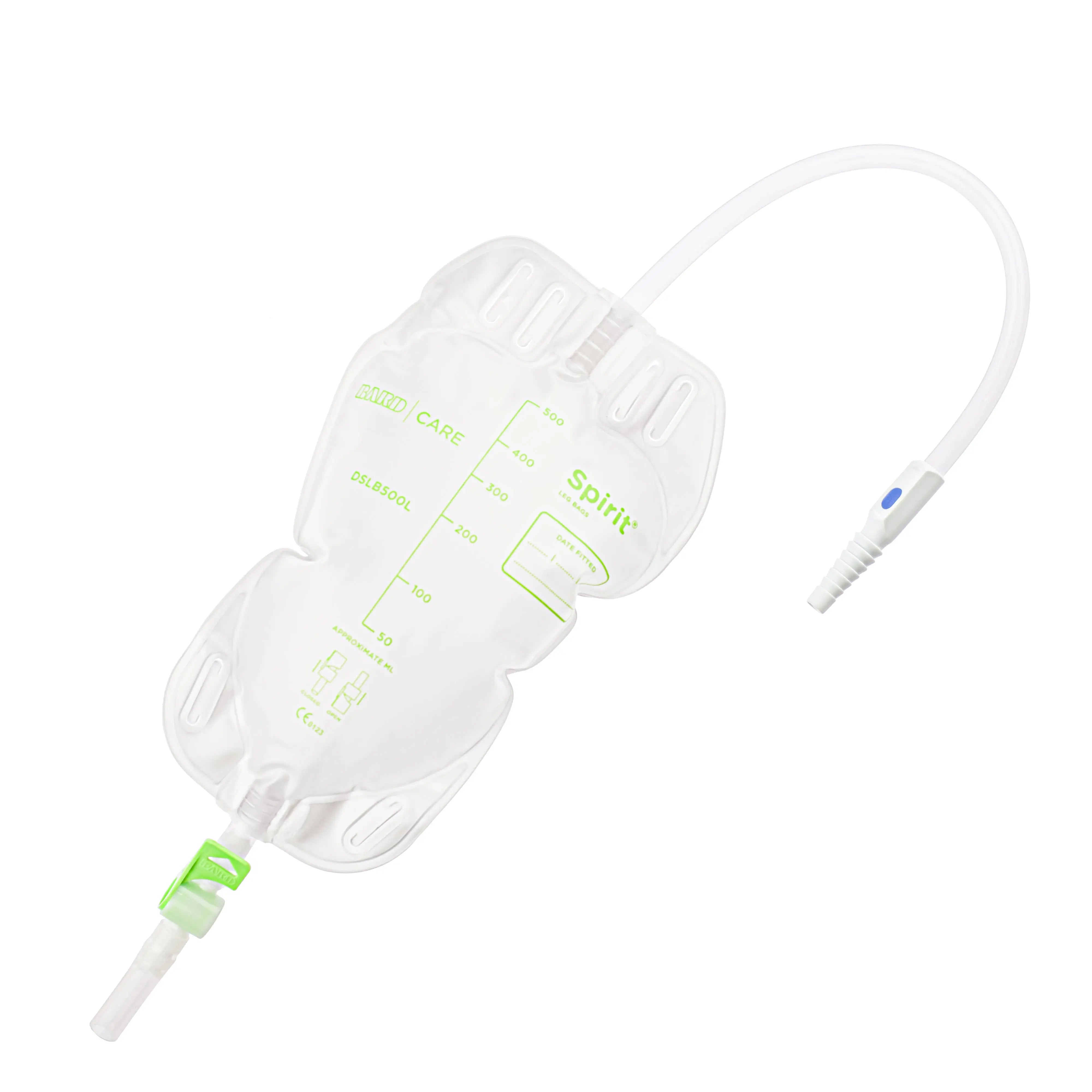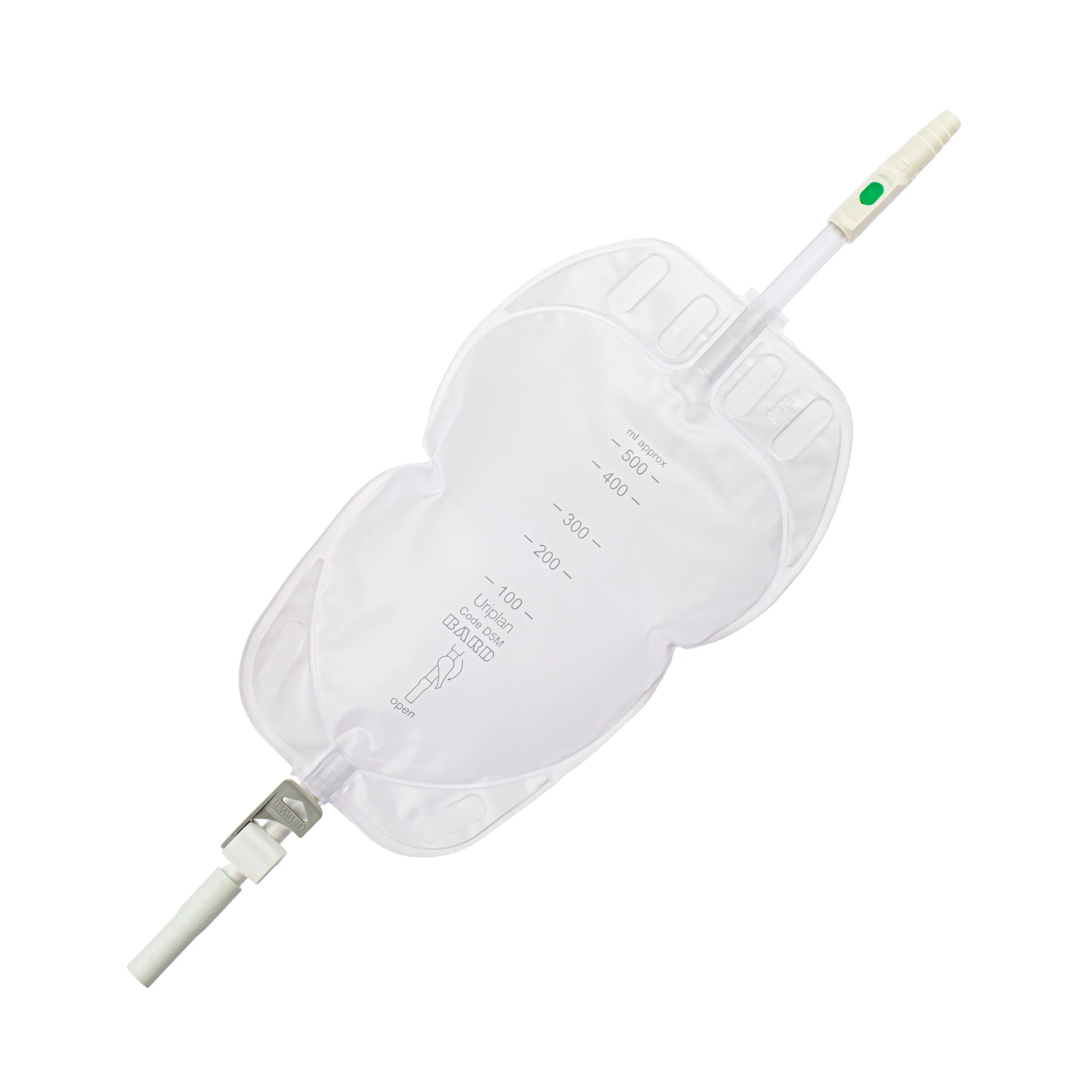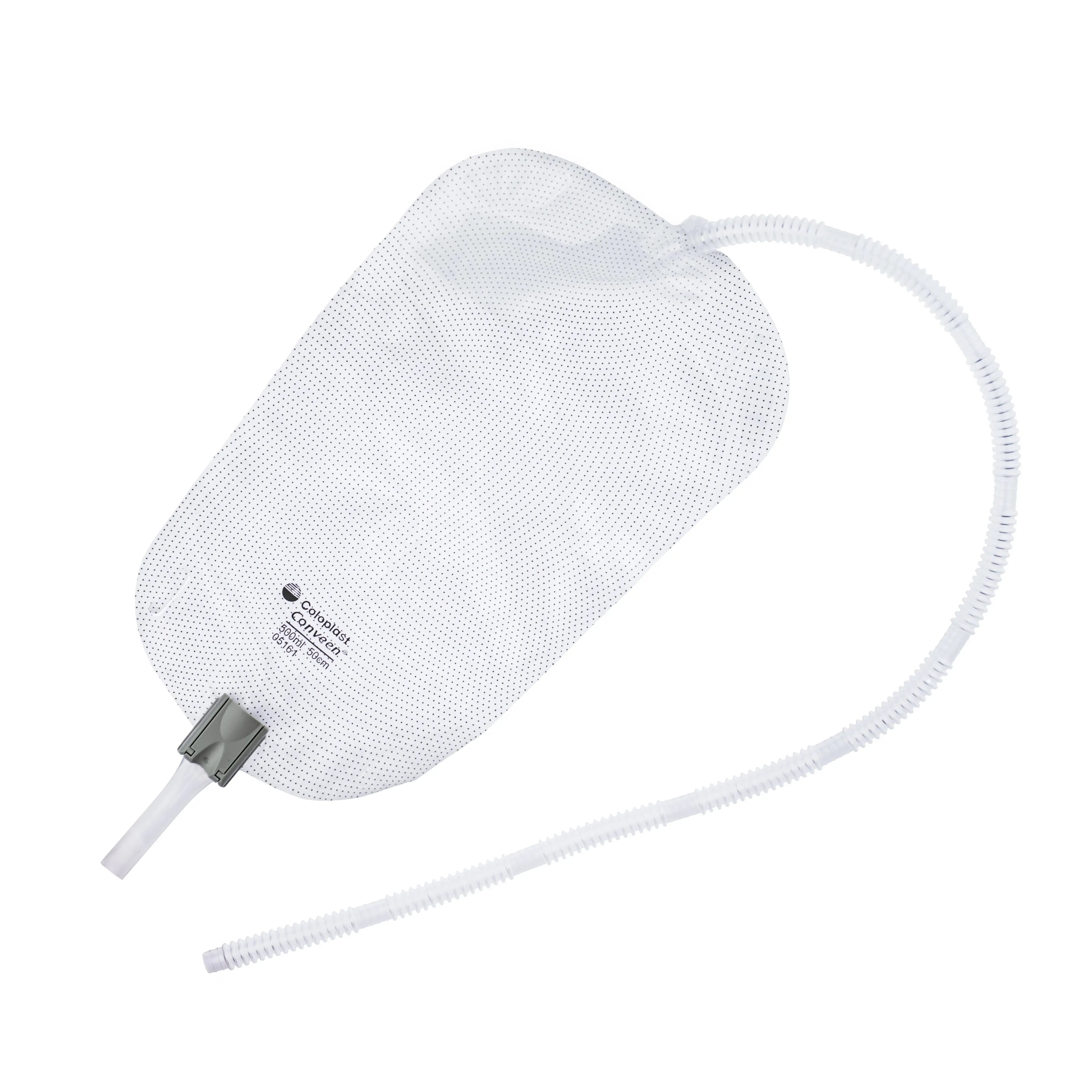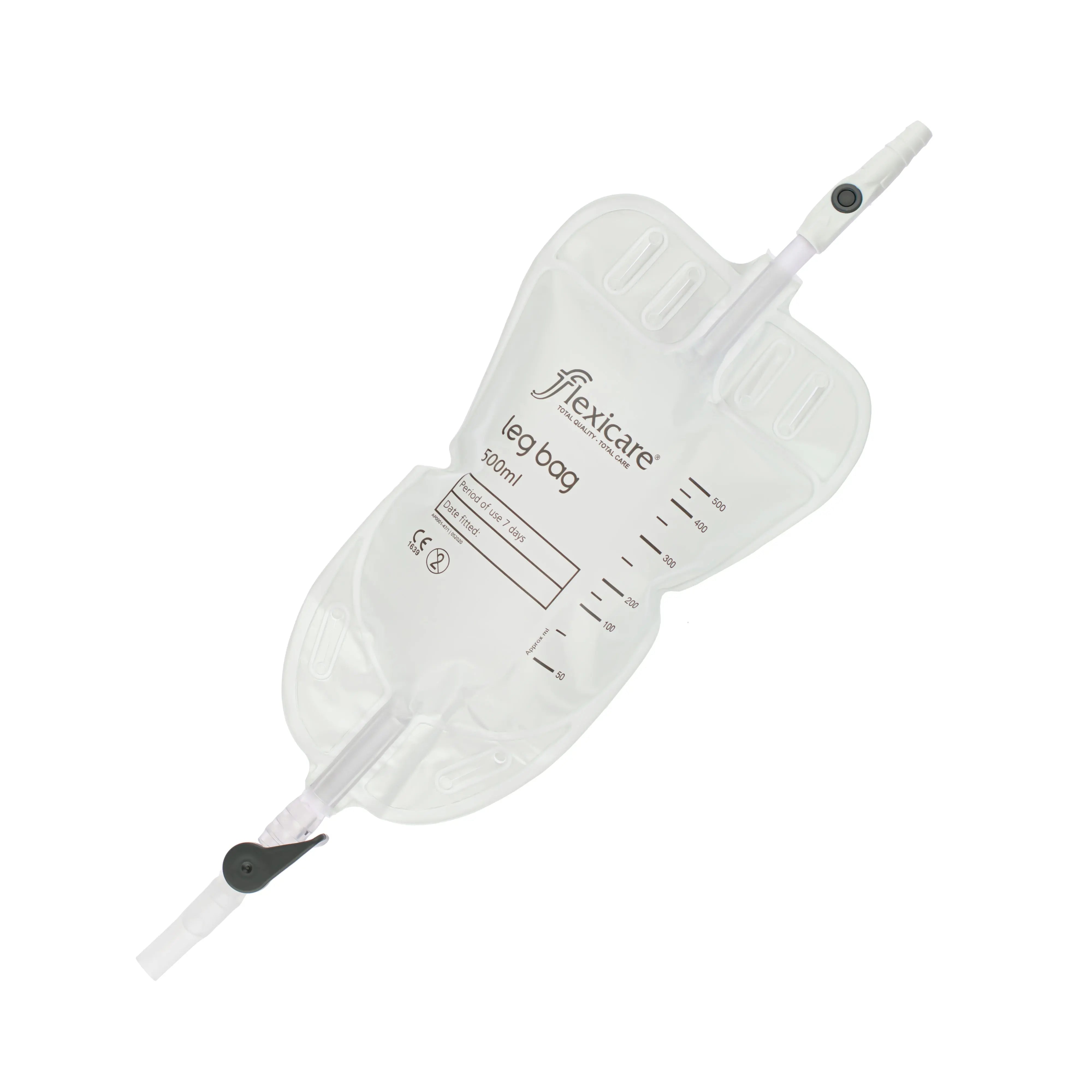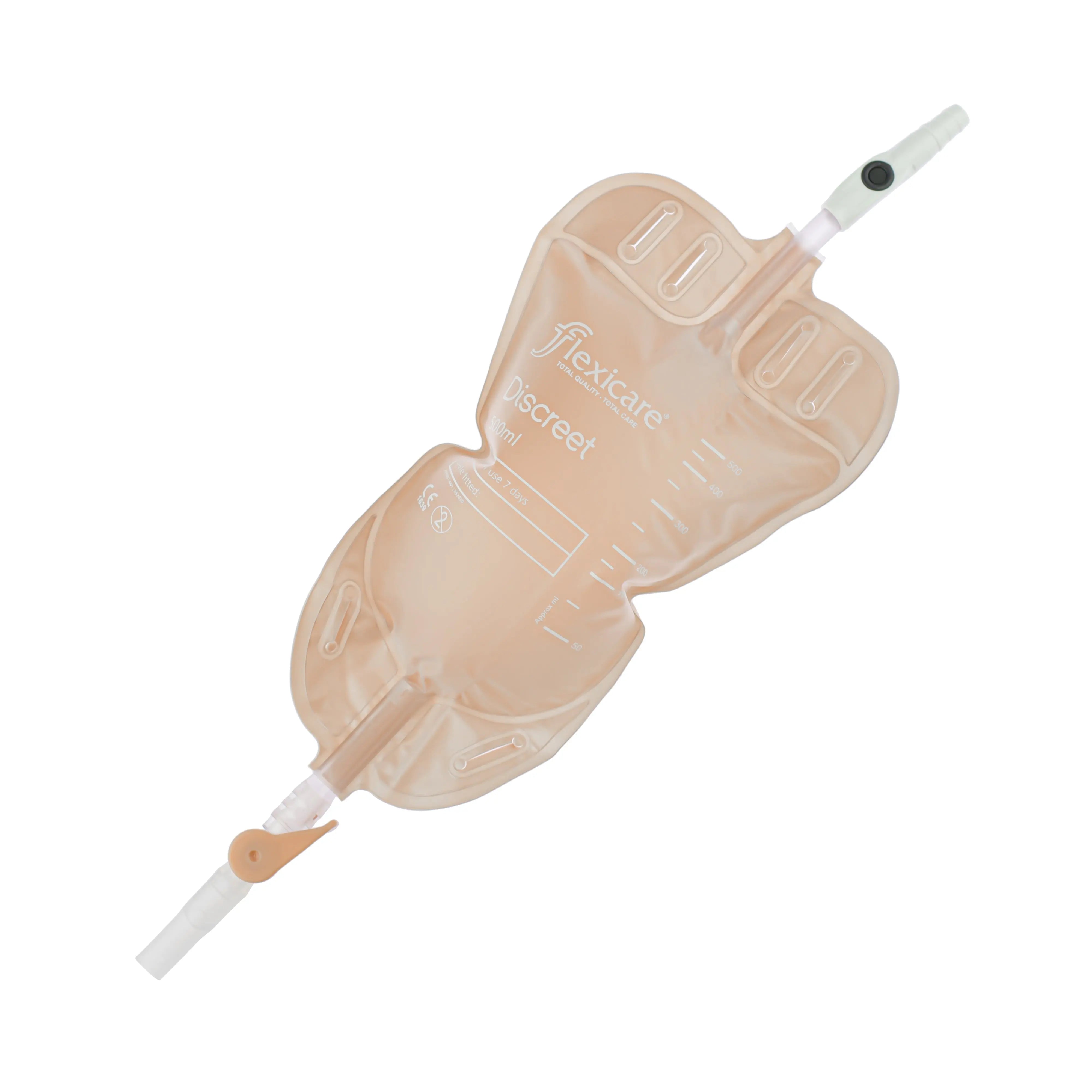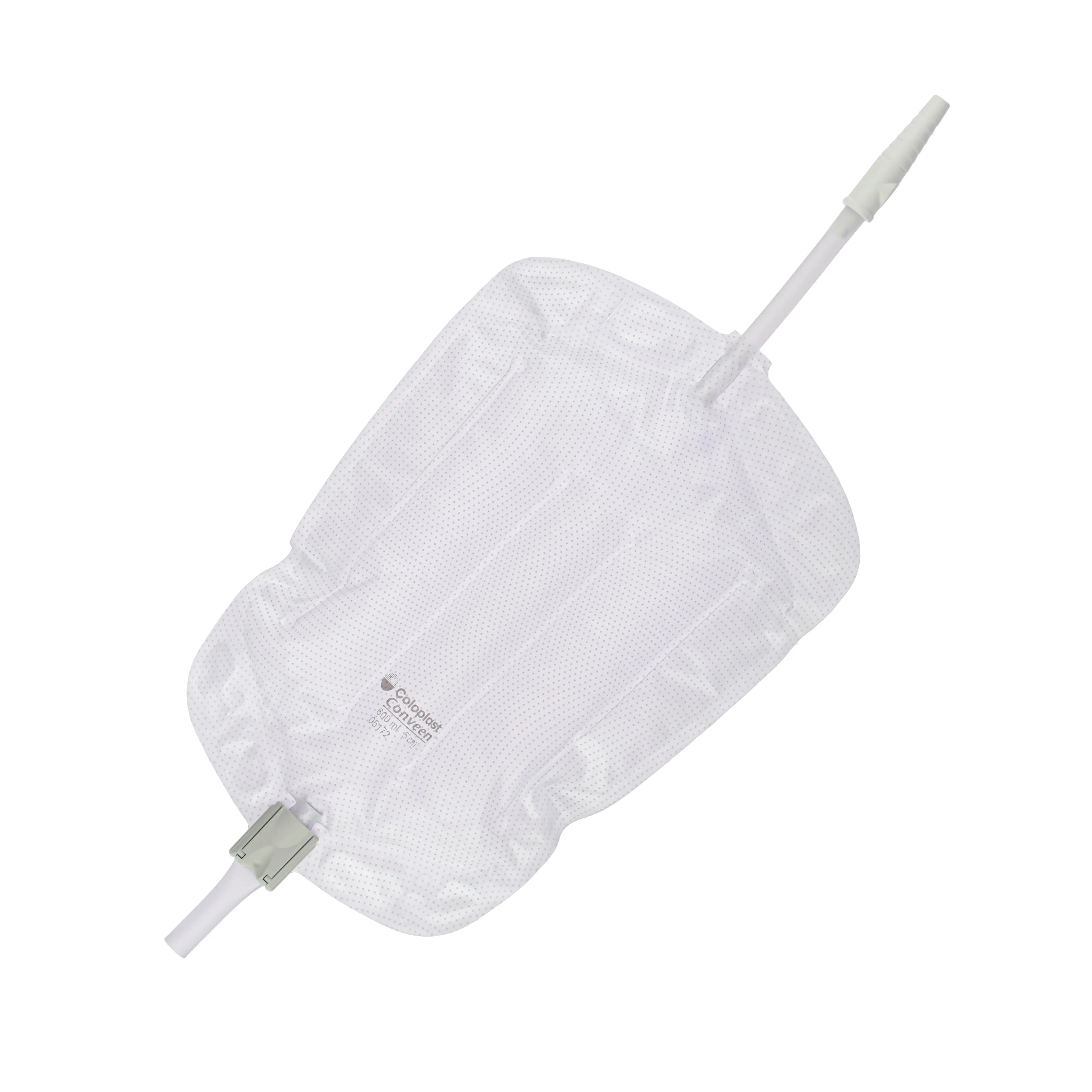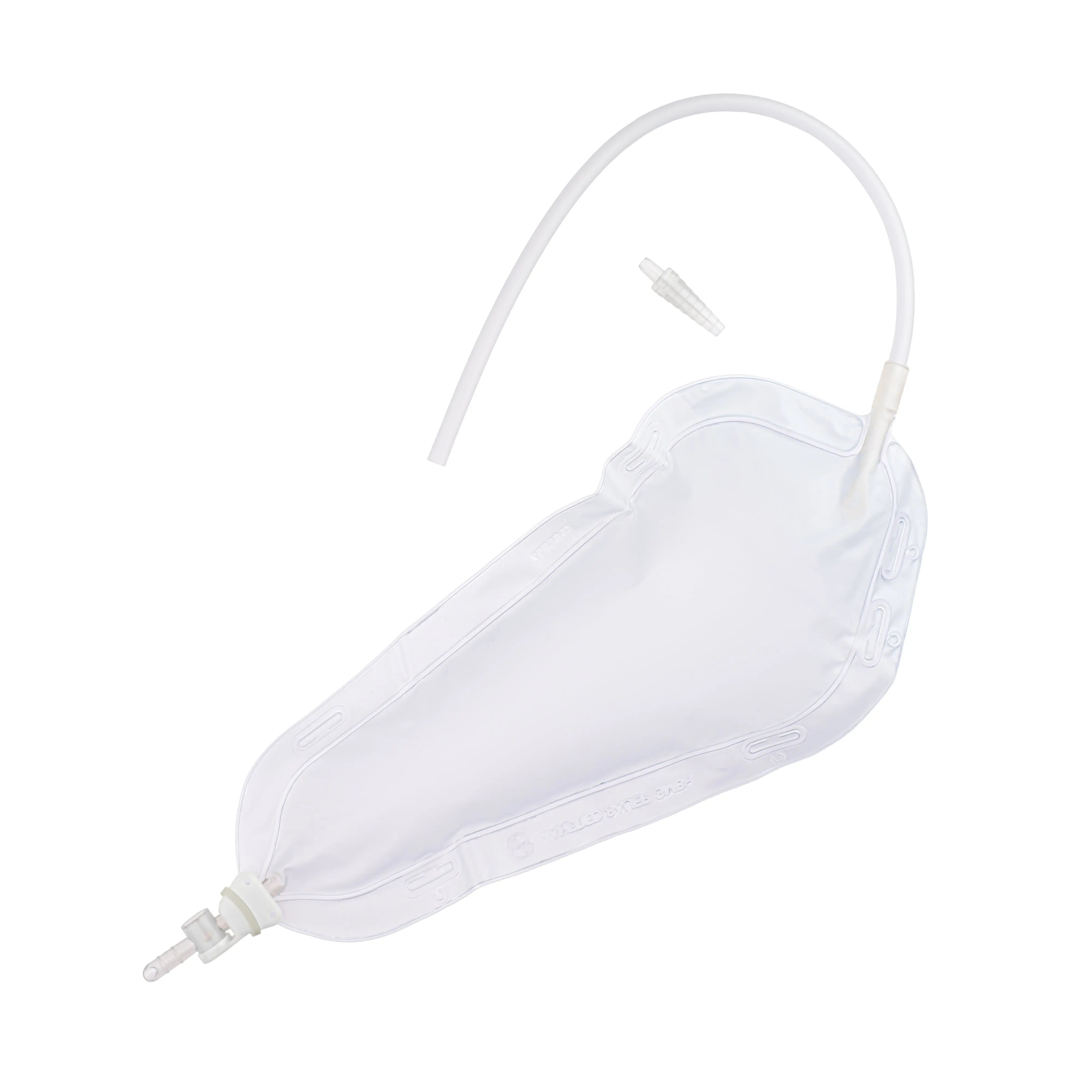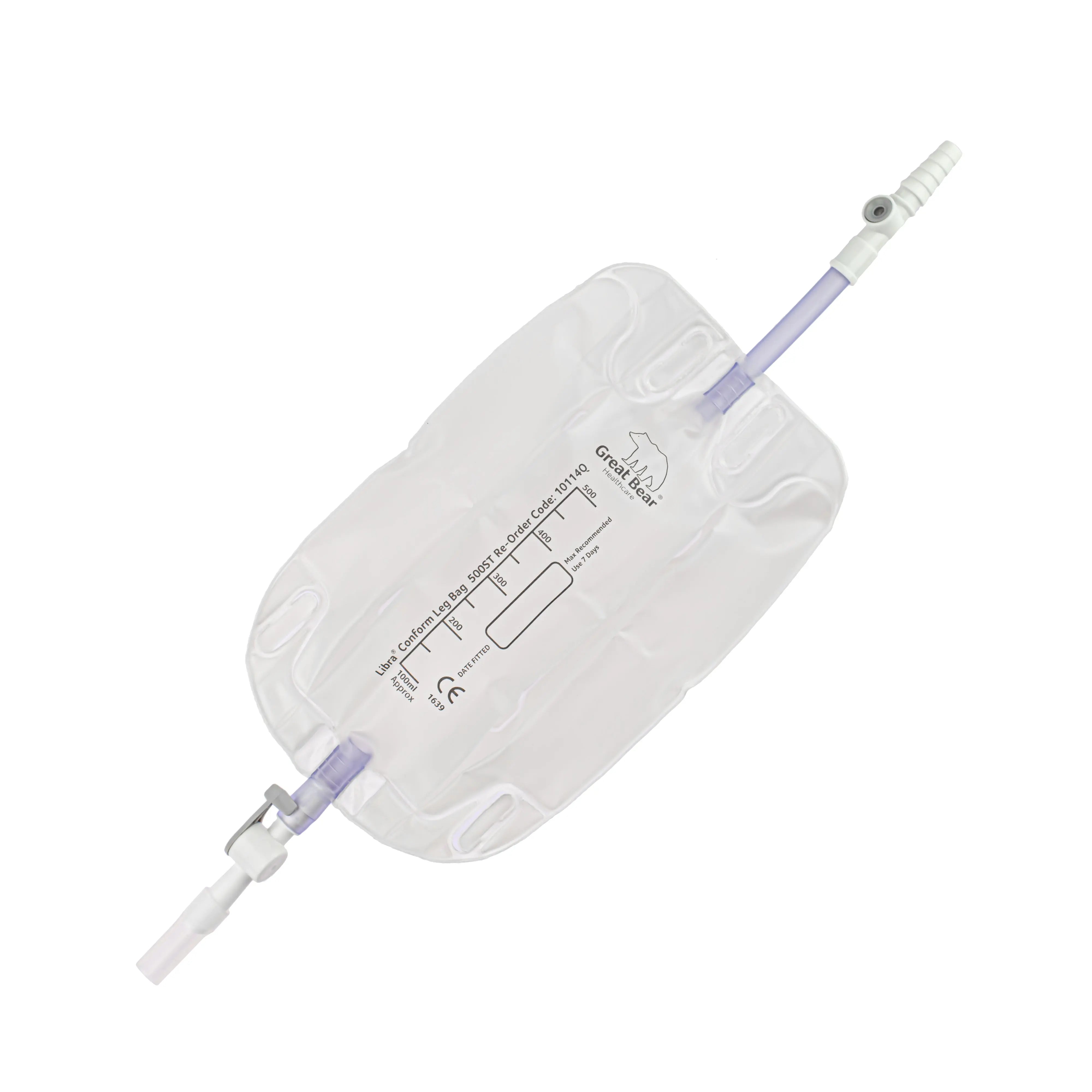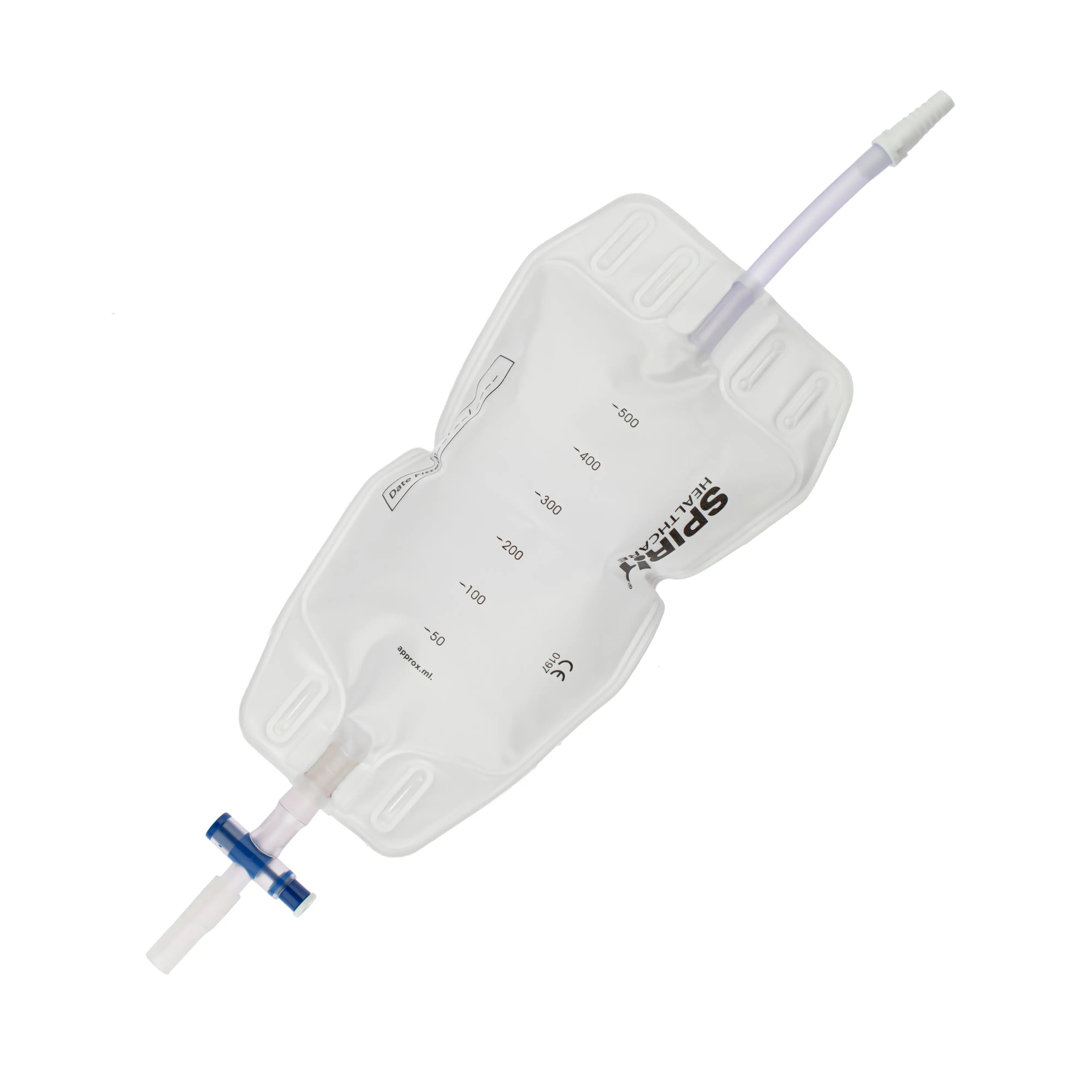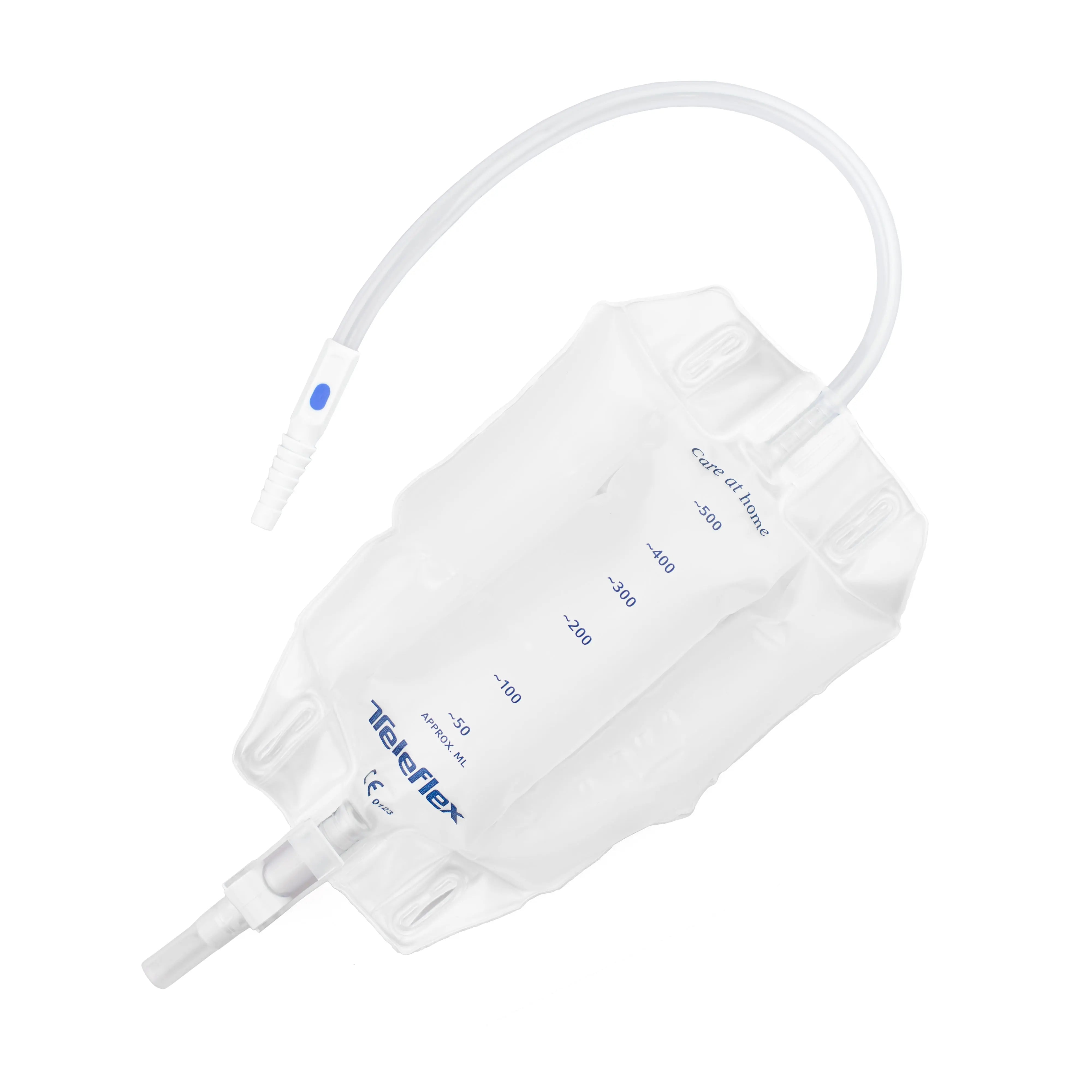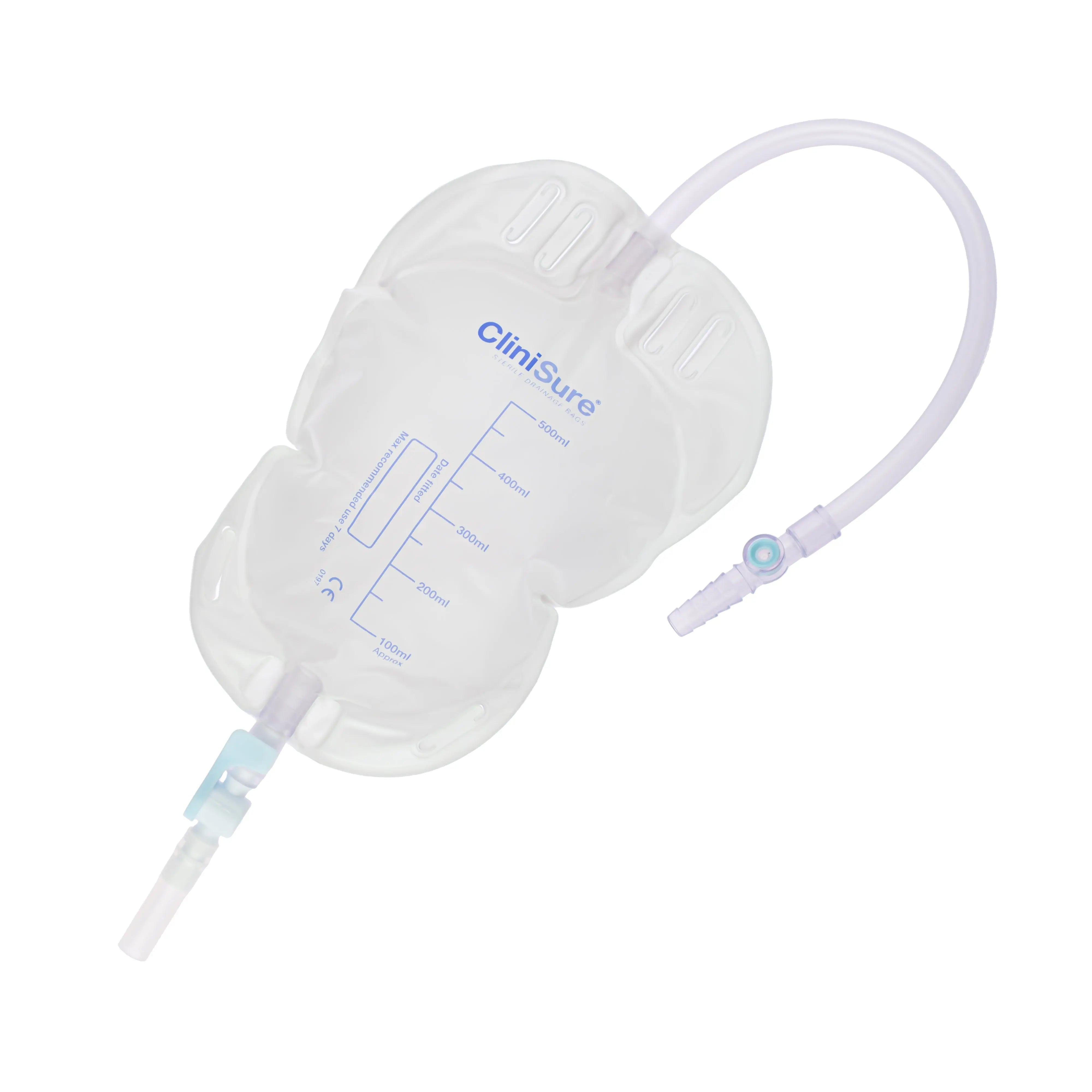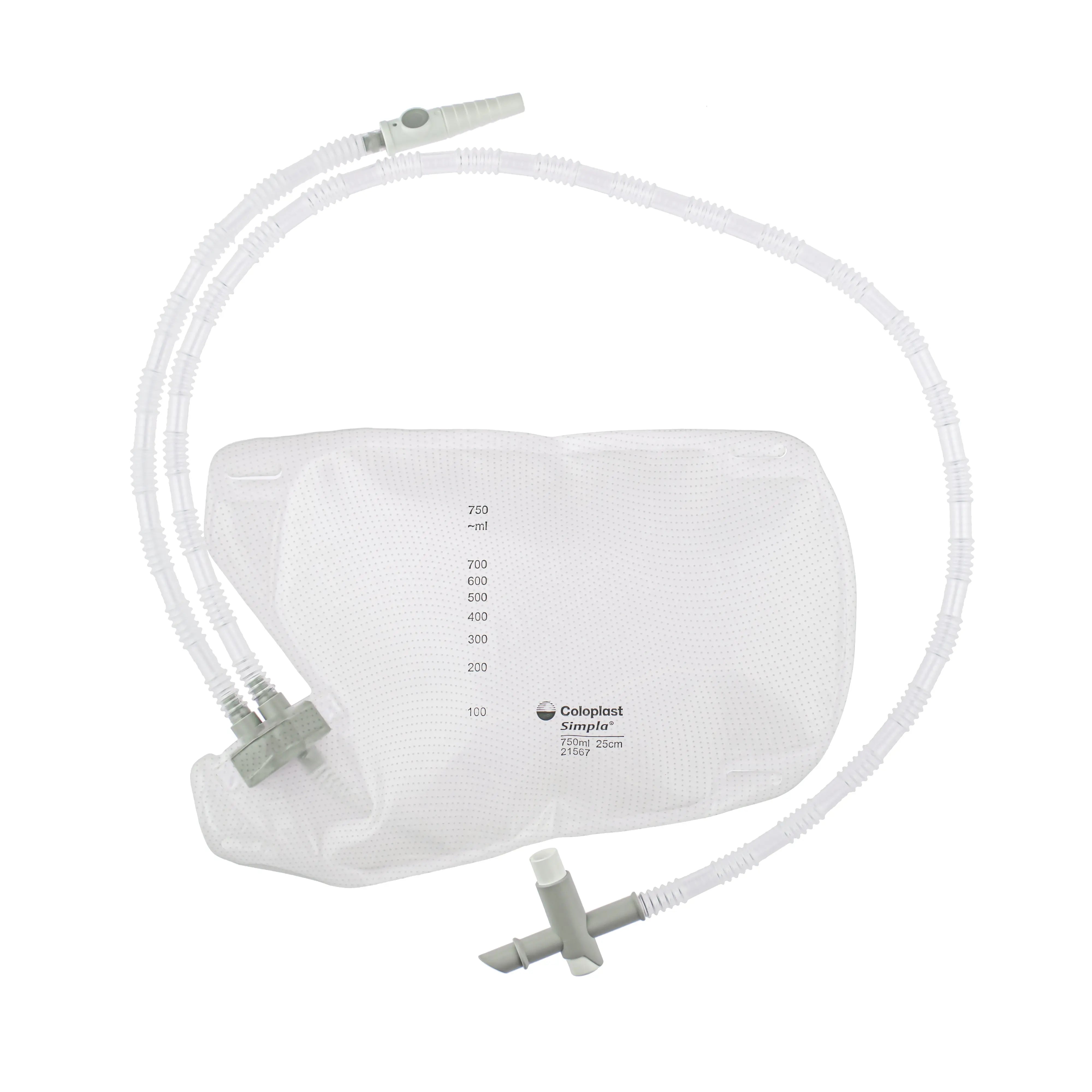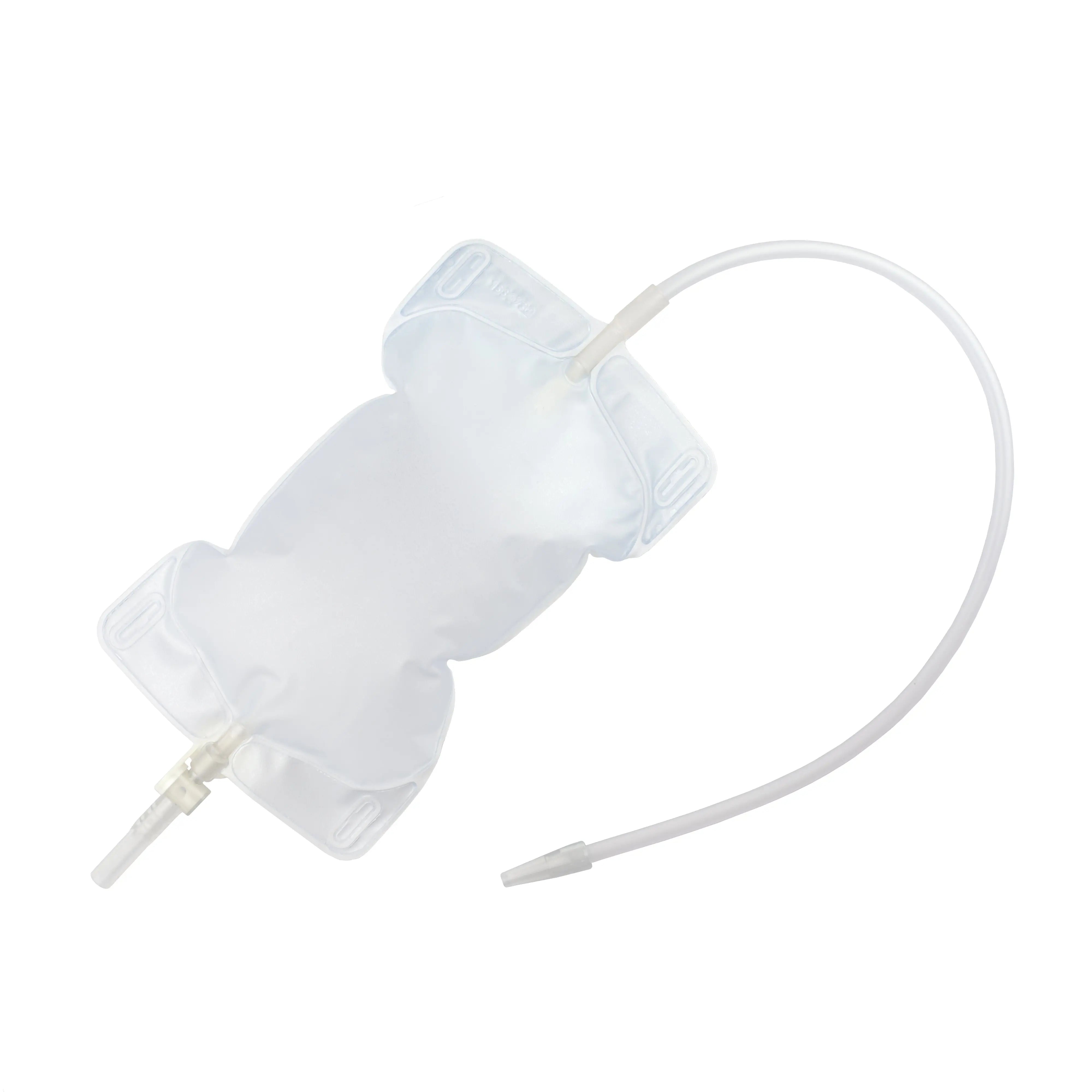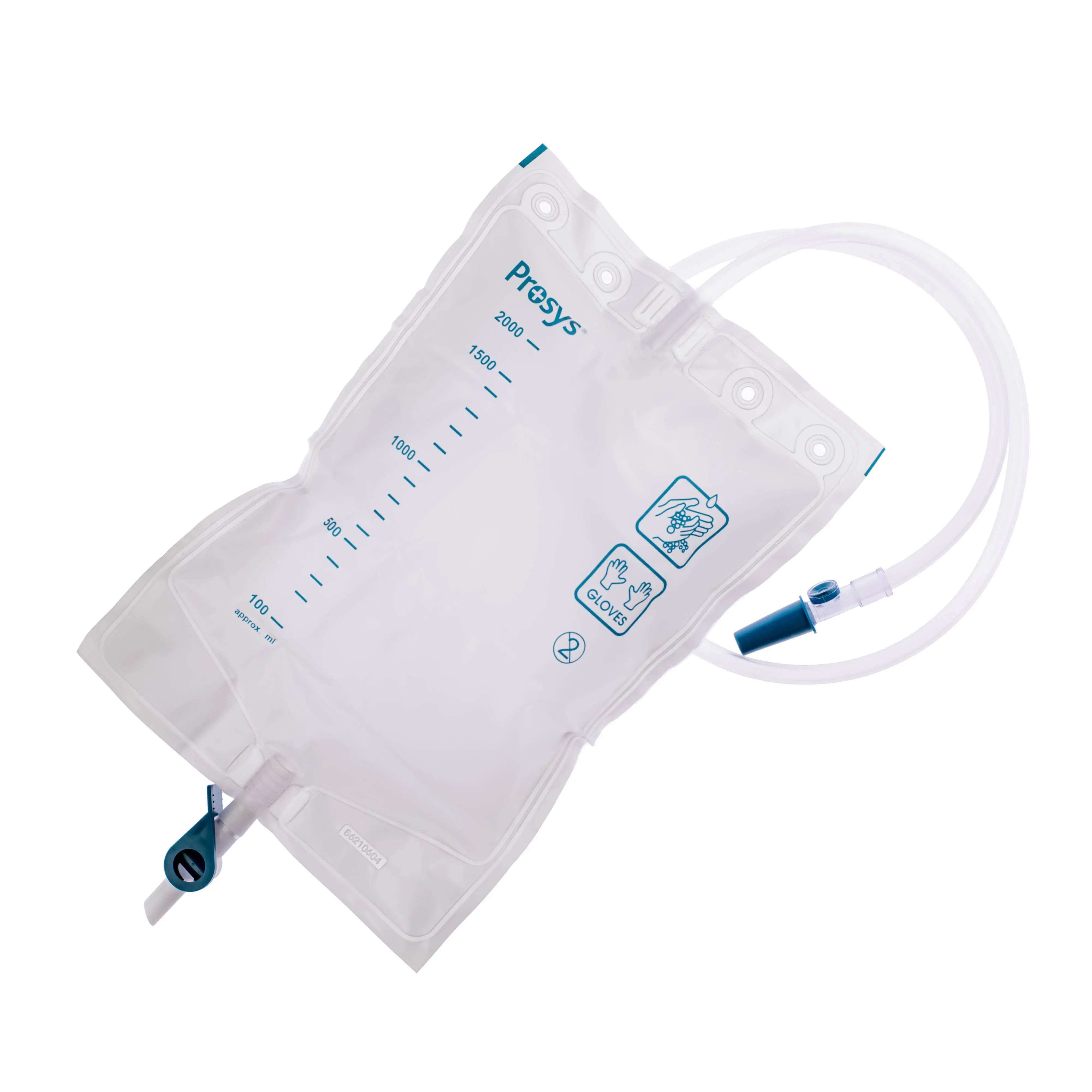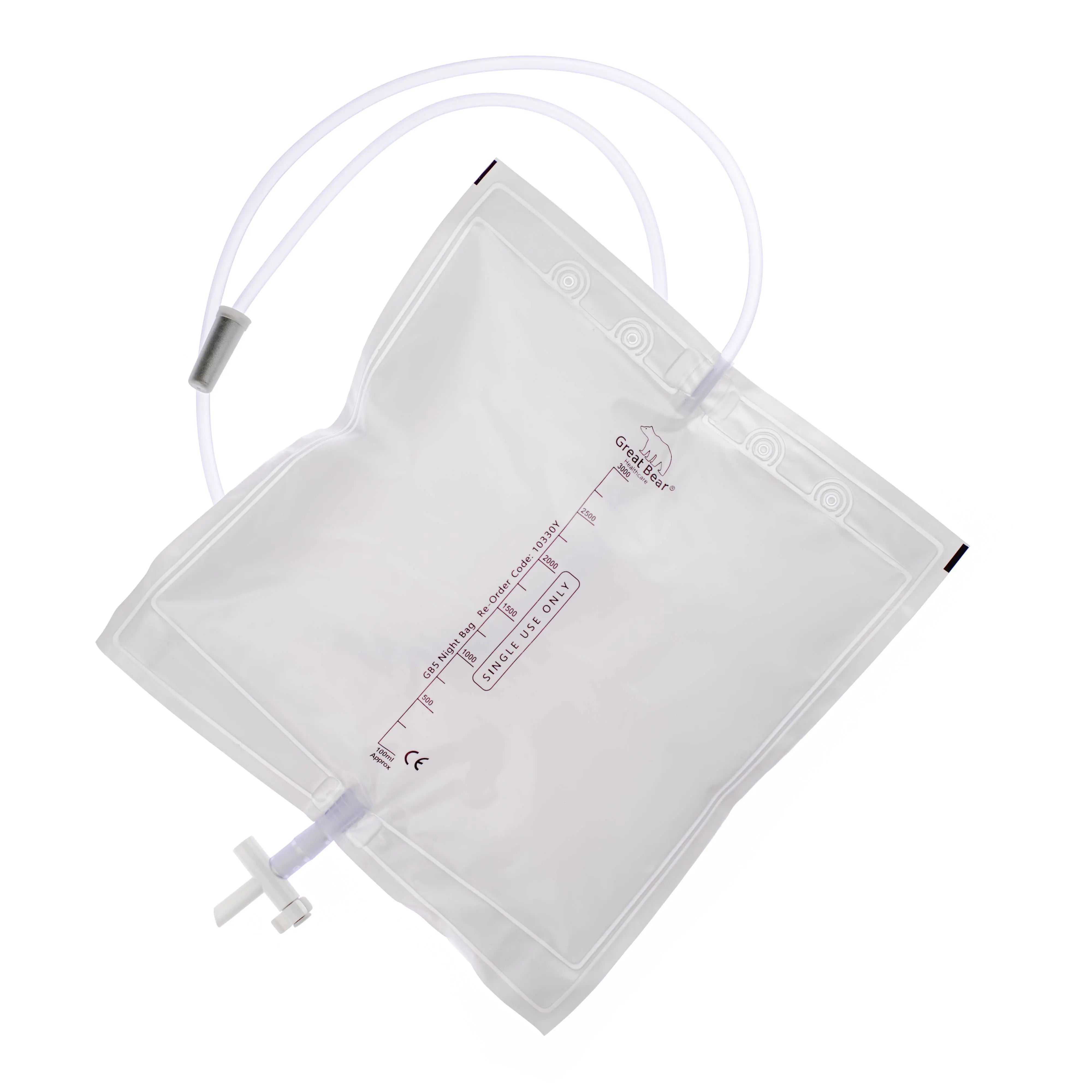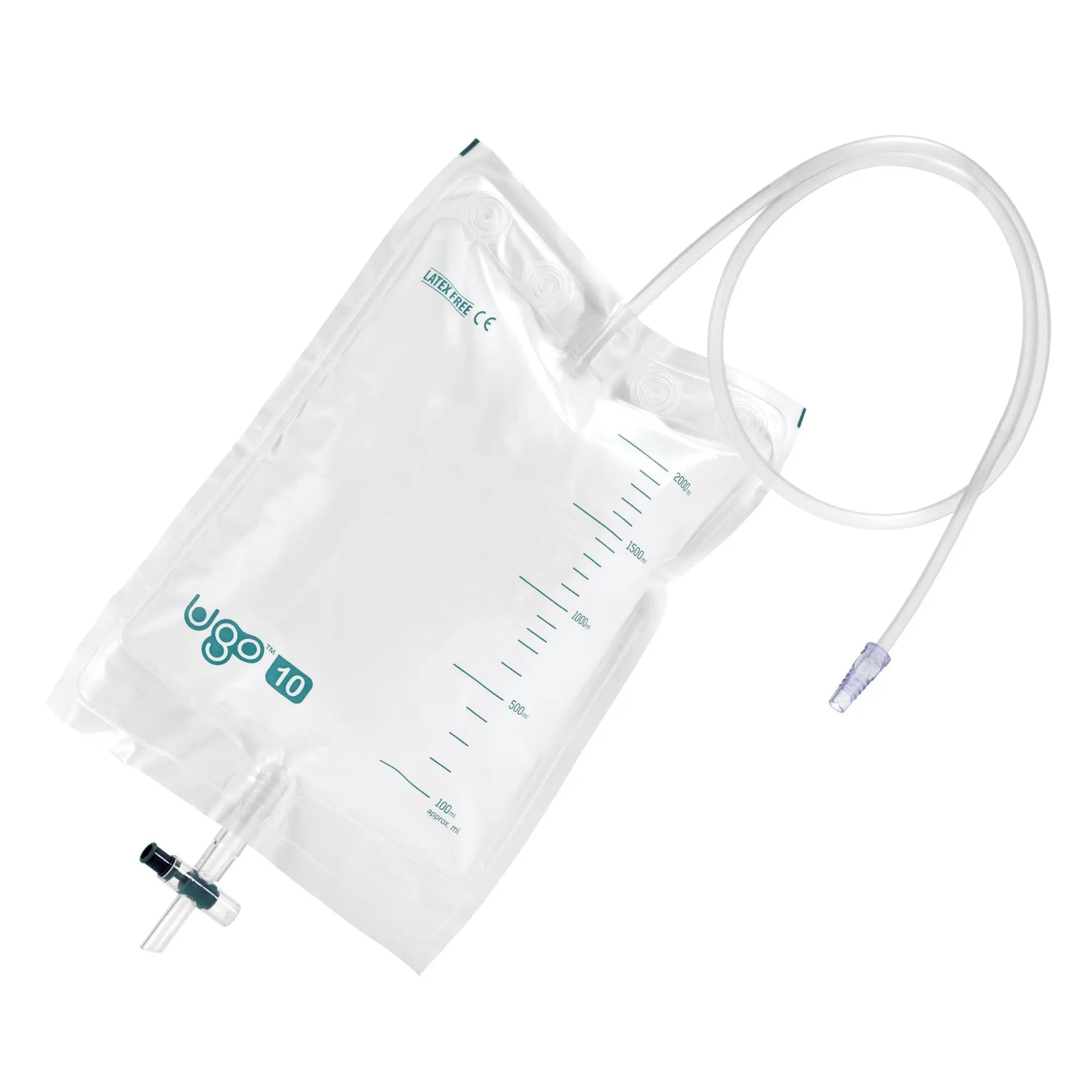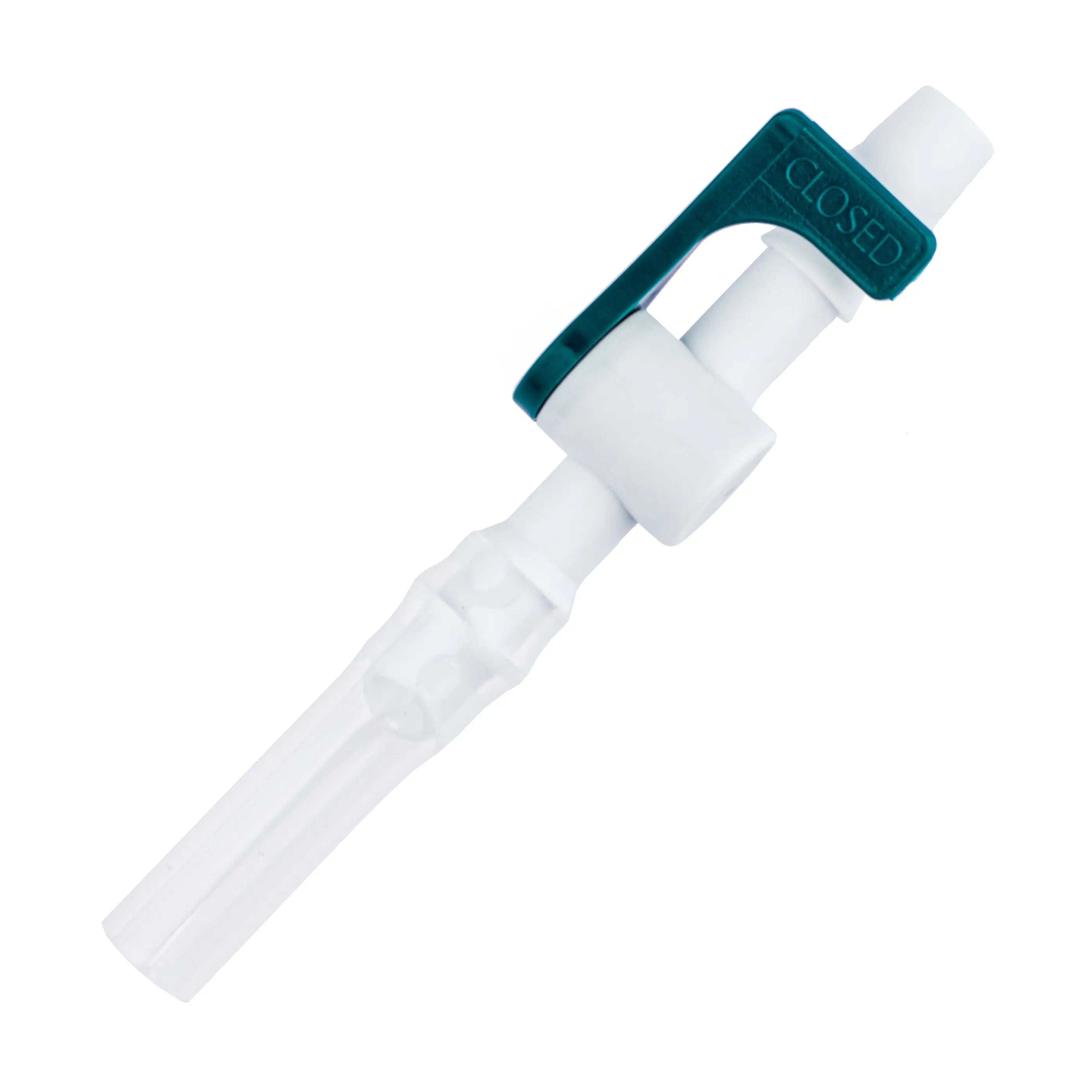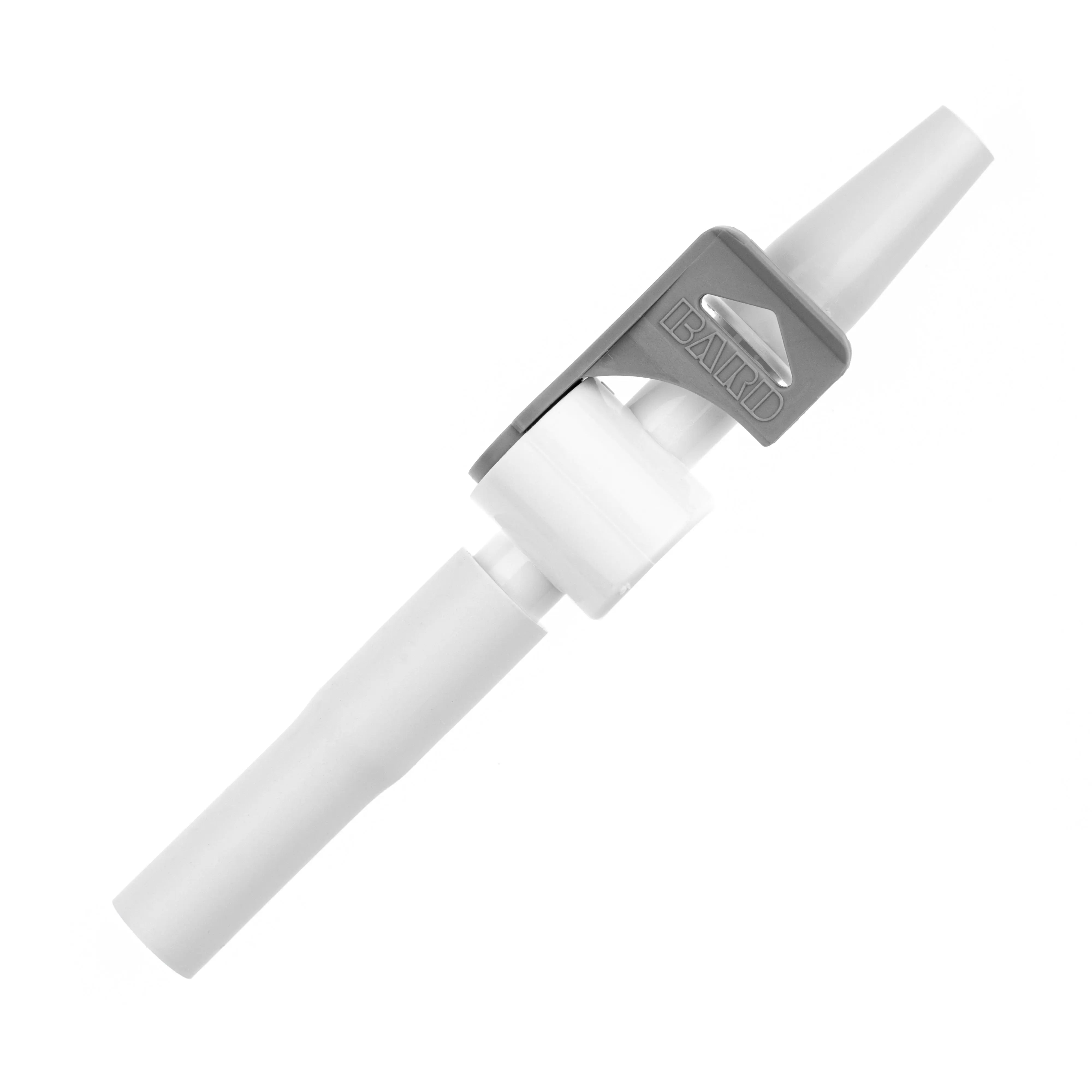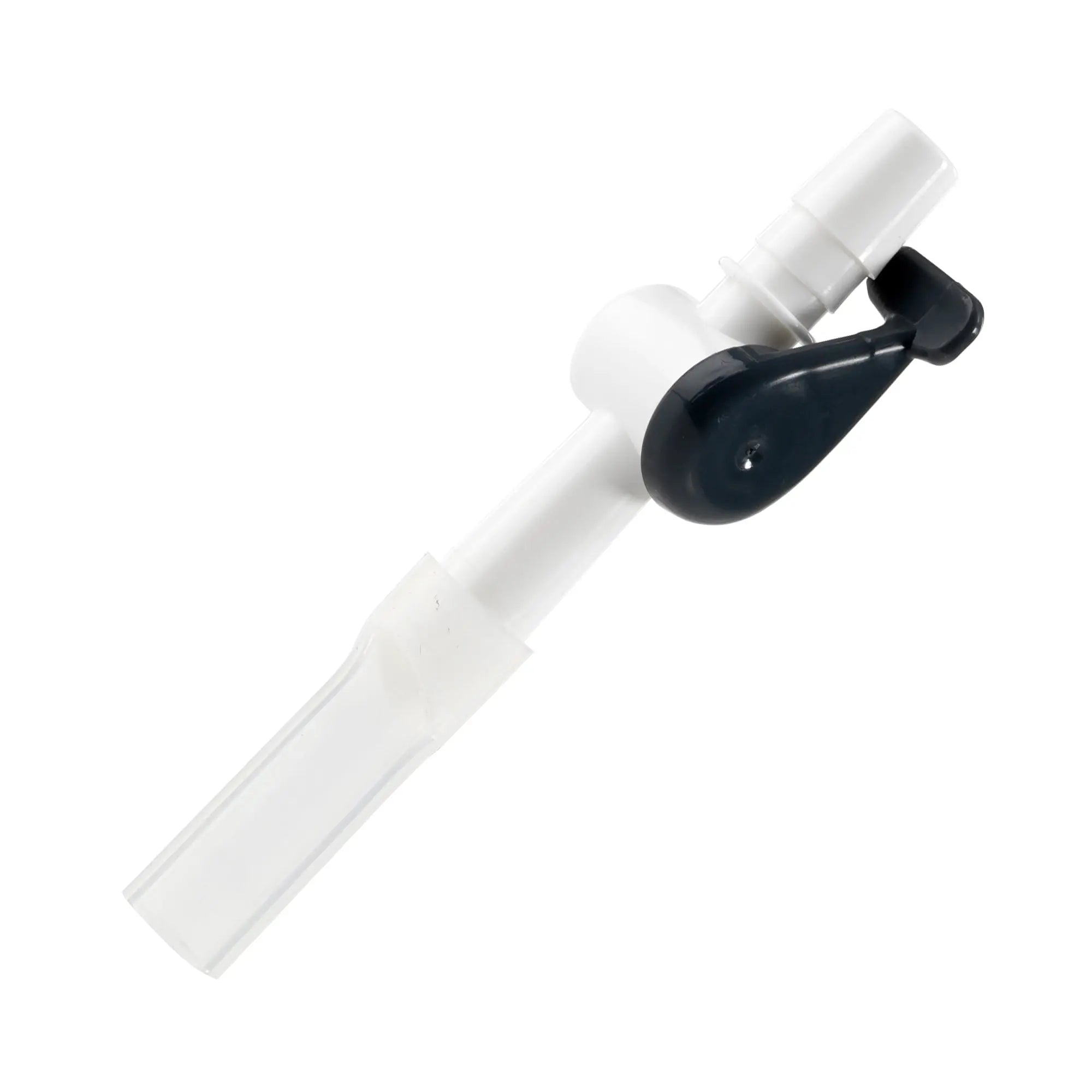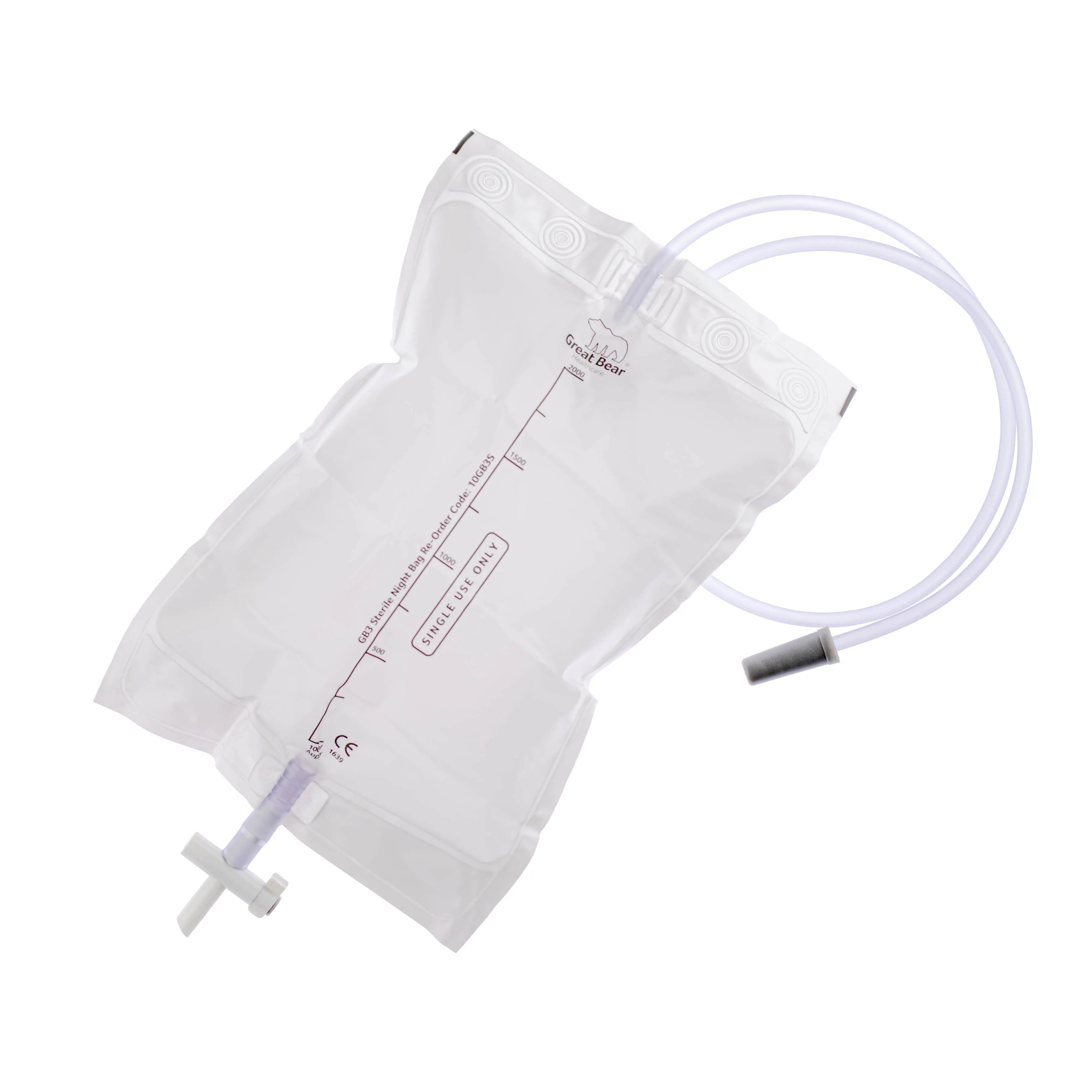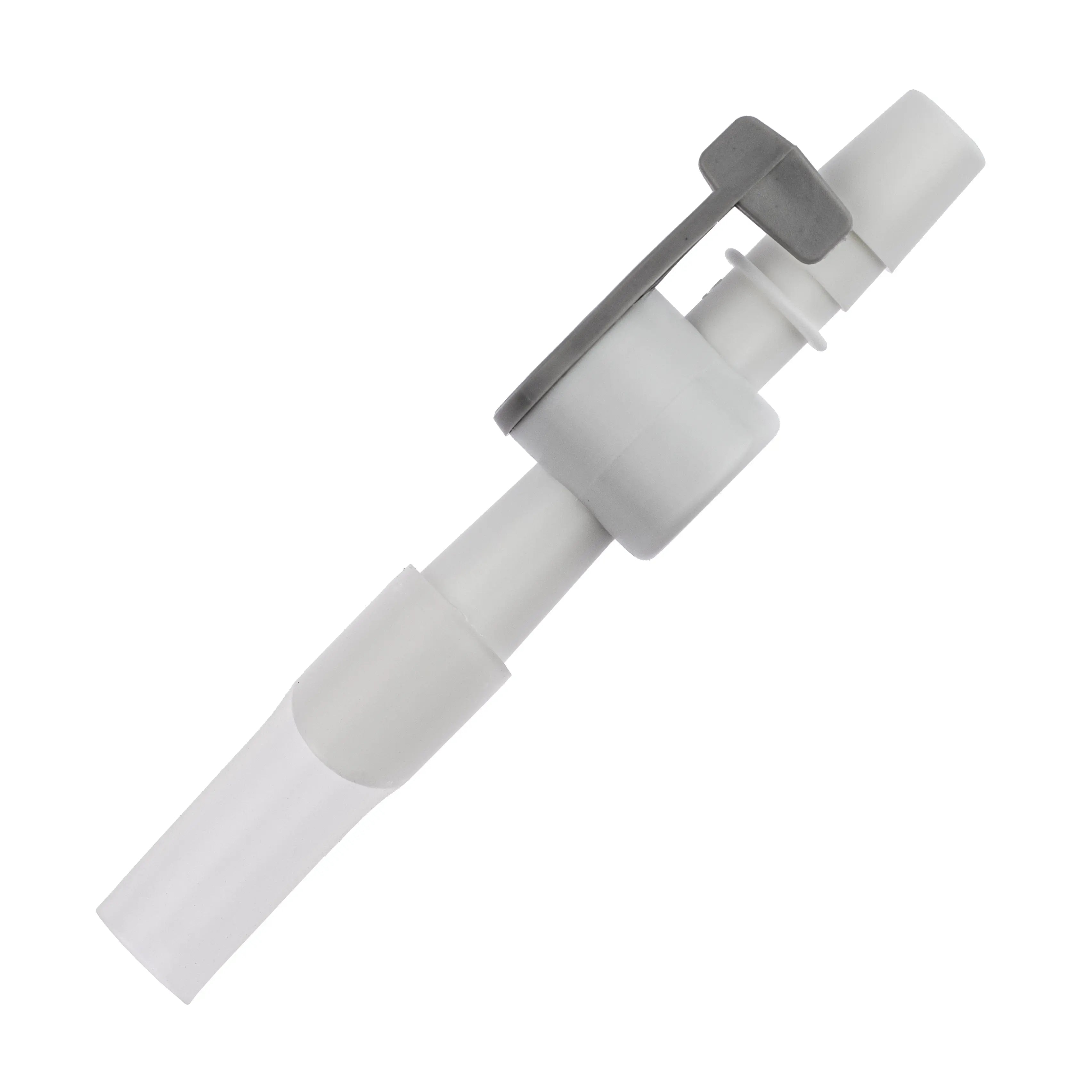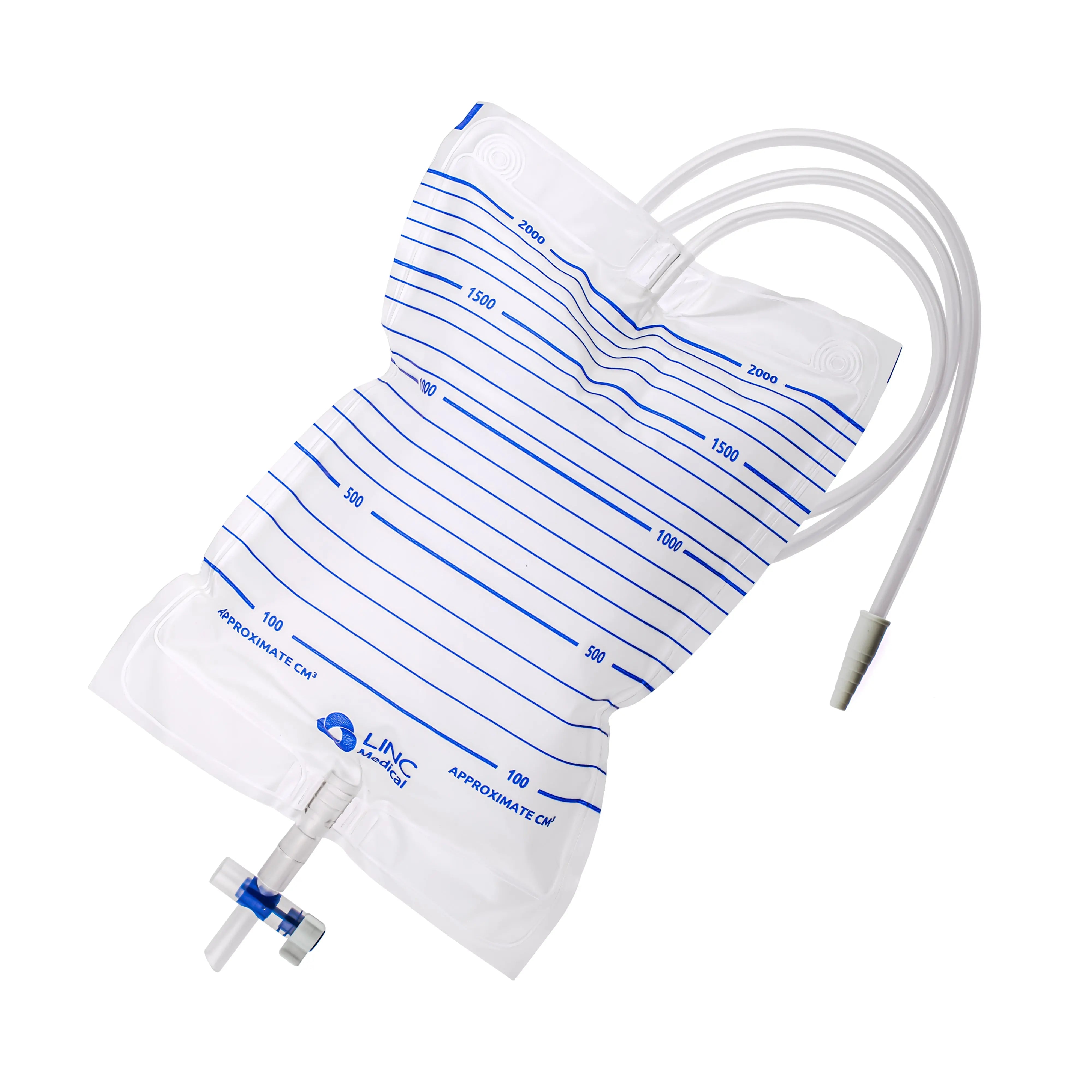Not sure where to start when selecting a leg bag? We’ve got you covered and have answered some of your most asked leg bag questions. We’ve got plenty of full support & advice articles if you want more information, and our team of specialist are on hand to help whenever you need it – they’re just a call or email away! Get in touch today
How often should I change my catheter leg bag?
Most catheter leg bags can be used for up to 7 days before needing to be replaced. Each brand/manufacturer will state how long they recommend using their leg bags, and your clinician may advise an alternative timeframe, which should be followed.
How do I wear my catheter leg bag?
Catheter leg bags should be worn alongside appropriate fixation devices. This may include catheter clips, leg bag straps, leg bag sleeves, tubing securement devices and more. The configuration of these devices are often down to personal preference, for example a leg bag sleeve can be used instead of leg bag straps for some users.
How do I change my catheter leg bag?
Start by washing your hands thoroughly with soap and water. Next, gather your supplies: a new leg bag and a clean towel. Sit down or get into a comfortable position where you can easily access the catheter. Gently disconnect the tubing from the catheter by holding the catheter steady with one hand and carefully pulling the tubing away with the other. Avoid touching the end of the catheter whilst connecting the new leg bag. Once connected, ensure the tubing is secure but not twisted or kinked. Finally, wash your hands again and discard the old leg bag as per your healthcare provider’s instructions.
Can I drain my catheter leg bag?
Yes, you can, and it’s actually something you should do regularly to prevent overfilling. Find a clean and private space, disconnect your fixation devices and hold your leg bag over the toilet. Open the valve at the bottom of the leg bag and let the urine drain into the toilet. Be careful not to touch the drainage port to avoid contamination. Once empty, close the valve. Make it a habit to drain the bag when it’s about two-thirds full or when you feel it’s becoming heavy.
Where do I position my catheter leg bag?
The leg bag should be positioned lower than your bladder to allow gravity to help with drainage. Typically, it’s strapped to your thigh or calf using a pair of leg bag straps. Ensure the bag is secured but not too tight - comfort is key here! Positioning it correctly helps prevent backflow of urine, reducing the risk of infections.
How do I empty my catheter leg bag?
To empty your leg bag, find a clean bathroom or a designated area. Sit or stand over the toilet, and open the drainage valve at the bottom of the bag. Allow the urine to flow out completely. Afterward, close the valve securely to avoid any leaks. Always wash your hands before and after this process to keep things as hygienic as possible.
How long can you use a catheter leg bag?
Typically, a catheter leg bag can be used for 5 to 7 days before it should be replaced. However, this can vary depending on your specific situation, so follow your healthcare provider’s advice.
How do I fixate a catheter leg bag?
To fixate your catheter leg bag, use the straps provided to secure it comfortably around your thigh or calf. The bag should feel snug but not tight enough to restrict blood flow. Make sure the tubing is secure and positioned in a way that allows free movement without pulling on the catheter. Some people prefer using a fabric sleeve or a special holster for added comfort.
How much urine does a leg bag hold?
Leg bags typically hold between 300ml to 800ml of urine, depending on the size. Larger & smaller bags are available for those who require specific solutions. It’s important not to let the bag get too full, as this can cause discomfort due to the weight and overfilling may lead to leakages.
How do I attach a catheter leg bag?
Attaching your leg bag is simple. After washing your hands, connect the leg bag’s tubing to the catheter by gently inserting the connector into the catheter tube. Make sure it’s securely in place. Then, fixate the bag to your leg using the straps or other fixation devices. The bag should hang lower than your bladder to facilitate proper drainage. Double-check that the tubing isn’t kinked and that the bag is positioned comfortably. All leg bags will come with detailed fitting instructions, which should be reviewed ahead of fitting.






